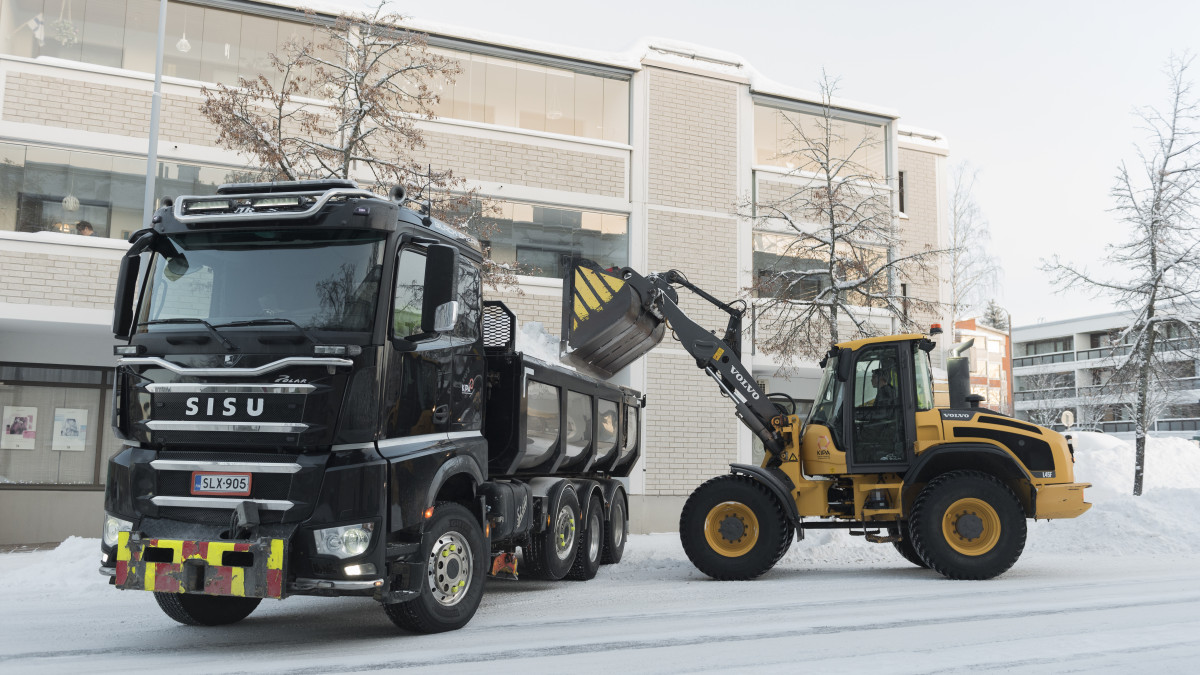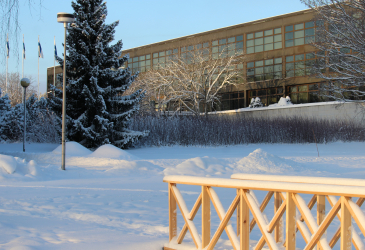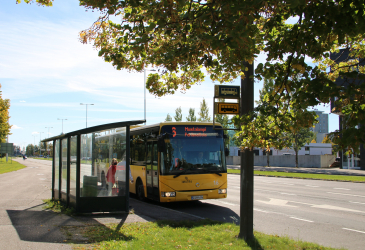
Damn plow trucks - always in the wrong place
A familiar sight from this winter: during the night, a gigantic snow bank has appeared in front of your own yard. Before leaving the yard, you must grab a snow shovel and a snow shovel.
Or this: twenty centimeters of snow has fallen, but the plow truck is nowhere to be seen or heard. Plowing equipment visited the adjacent street five hours ago.
The municipal citizen freaks out in his mind: P*rkelee plow cars.
Kipa plows the streets
All these problems are Imatra's real estate and regional service Kipan familiar to employees.
Kipa takes care of street maintenance. It receives instructions and funding from the Urban Development Board.
— The board determines the quality level and the allocation. These are assigned to Mitra, and Mitra in turn buys the service from Kipa, the city engineer Päivi Ala-Vannesluoma guide.
Kipa does a large part of the work himself. In addition, work is purchased from subcontractors.
Three treatment classes
There are about 500 kilometers of plowable roads in Imatra. Since the plow truck has to drive on both sides of the street, thousands of kilometers are accumulated.
The streets are divided into three treatment categories.
— The class classification explains why the neighbor's road may be plowed many hours earlier than one's home street: if the streets belong to a different class, they are plowed at a different time. Which category any street belongs to is determined according to the location of the street and the amount of traffic, Kipa's work manager Kimmo Kauhanen says.
The first category includes main roads and the cycle paths along them. These streets are plowed when three centimeters of snow has fallen on a weekday or five centimeters on a weekend.
Second-class streets are so-called collector streets, and third-class streets include residential streets. We go to these streets on the separate order of Kipa's duty officer.
Street plowing usually starts at two in the morning. The goal is to have the main streets and cycle paths plowed by the time the morning traffic starts.
Most of the time, all the streets can be plowed by the afternoon.
— The longest one employee does on a busy day is 14 hours, Kipa's CEO Markku Puuska says.
Avoiding ramparts is difficult
But what about those ramparts? Is there really nothing that can be done about them?
In principle, it is, answers the work manager Kauhanen. It is possible to turn some machines at the plot junction so that the snow does not become an obstacle.
However, the problem does not go away: by doing this, the snow moves to another place and narrows, for example, streets that are already narrowed due to a large amount of snow.
Second, it's also about resources.
Cleaning up land connections takes time, and time pays.
— In theory, for example, the subscriptions of the elderly or the sick could be cleaned. For that, however, some kind of system would have to be created and funds allocated to cover the additional costs, says Puuska.
And as if plowing wasn't enough work, the next job is already knocking on the door: soon we'll be wrestling with meltwater.
— The property owner should make sure well in advance that the street culvert on his own plot is not blocked and that the meltwater can flow, advises Kauhanen.
Once a month, Imatra opens the background of current affairs on this page. You can influence which topics are discussed on the page. Answer the survey: imatra.fi/taustaslakymä
Who answers?
The responsibilities of the city and residents have been defined in the law on street maintenance.
The property owner is responsible for
- land connections
- yard areas
- the plot is bordered by light traffic lanes, culverts and culverts.
The city is responsible for all other areas.
Snow may not be moved outside of one's property: the property owner may not push snow onto a neighbor's or city's land.
The owner of the rental plot is responsible for his plot in the same way as the owner of the plot.


